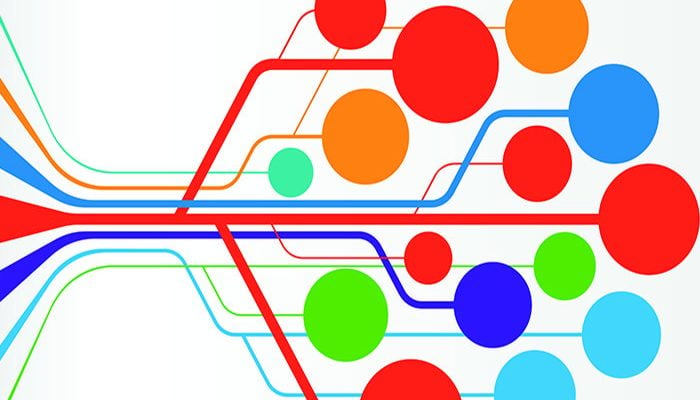Improve customer experience in 30 minutes through journey mapping...
Dec 02, 2016 • Features • Management • Journey Mapping • management • Nick Frank
Nick Frank, Managing Partner with Si2 Partners, gives us a back of the envelope exercise that could yield dramatic improvements to our customer understanding...
For the vast majority of service managers and leaders, customer experience is something intuitive, as most effective professionals already have a good feel for what is important to their customers.
However, as the pace of technology commoditisation increases, so customer experience is becoming an important differentiator to creating loyalty and revenue growth. Perhaps its time to add framework to intuition, so that service leaders can communicate their experiences to their teams more effectively!
One very easy and often overlooked tool for gaining insight into how clients feel about our service is the Customer Journey Map.
It’s a very simple idea: a diagram that illustrates the steps your customers go through in engaging with your company, whether it be a product, an online experience, retail, or a service, or any combination.
It can be a back of an envelop exercise lasting 30 minutes, or a full working day working with a cross functional teams. Whichever approach you choose, it will undoubtedly provide you with insight into your customers feelings about the service they receive from you, and where opportunities may arise to drive customer loyalty or new sales.
In its simplest form the journey usually has a timeline. For example this might be lifecycle of a field service call: Request, Schedule & Dispatch, Service, Invoice.
For each part of the lifecycle examine these four key elements from the customers perspective:
- Activities and actions of the customer in that step. This includes all the touch-point interactions between the customer and organisation
- The motivations for the customer going to the next step in the process, what they are feeling and why do they care? These emotions are key to improving the journey.
- The Questions the customer is asking themselves: This might be details about the work to be done, the jargon you are using or looking for recommendations on how to avoid further failure.
- What are the Barriers that stop them from moving to the next stage of their journey.
At the end of this this thinking process, you can then validate your thoughts with clients within a structure that is easy to communicate and talk about.In general there are three reasons why managers and service designers use the journey mapping tool:
- To improve Customer Experience across an end-to end set of interactions. The Field Service Call example would be typical of this type of use.
- Understand the Sales journey, the critical point of interaction which influence how the customer feels about us, and what sales opportunities might arise.
- Design the User Experience for a particular part of the journey. This has become particularly relevant as more business ‘shift to the left’ and incorporate more self service into their processes. A detailed analysis through each touch point of the software such as a FAQ page then becomes critical to ensuring that customers have a good experience.
Journey maps originated in the Service Design community, which has brought a much more user centric approach than traditionally existed in the industrial world. In addition to these basic mapping concepts, they have created tools to enable better empathy with customers and their emotions.
One such tool you might consider are personas. This is a fictitious character that illustrates the needs, goals, thoughts, feelings, opinions, expectations and pain points of the user.
By defining a typical character, we can explore the journey through the eyes of the persona and how they might interact with the different channels they come across such as websites, apps, call centres or field service organisations.
More sophisticated journey maps will also examine ‘moments of truth’.
These are the critical interactions that leave a lasting impression and often occur at touch-points known to generate anxiety or frustration.
How do you go about developing a Journey Map? Here are six simple steps you can follow for developing your own Customer Journey maps:
- Define your goals for the journey map(s)
- Gather research and customer insight
- Analysis and discussion with a cross functional team
- Sketch the journey
- Refine and digitise, especially if you want to use the map to communicate with your people
- Share and use: make the journey map live in your organisation
If you would like to read more about customer journey mapping, you can find more practical advice at the Service in Industry Briefing blog





















 Field Service News is published by 1927 Media Ltd, an independent publisher whose sole focus is on the field service sector. As such our entire resources are focused on helping drive the field service sector forwards and aiming to best serve our industry through honest, incisive and innovative media coverage of the global field service sector.
Field Service News is published by 1927 Media Ltd, an independent publisher whose sole focus is on the field service sector. As such our entire resources are focused on helping drive the field service sector forwards and aiming to best serve our industry through honest, incisive and innovative media coverage of the global field service sector.
Leave a Reply